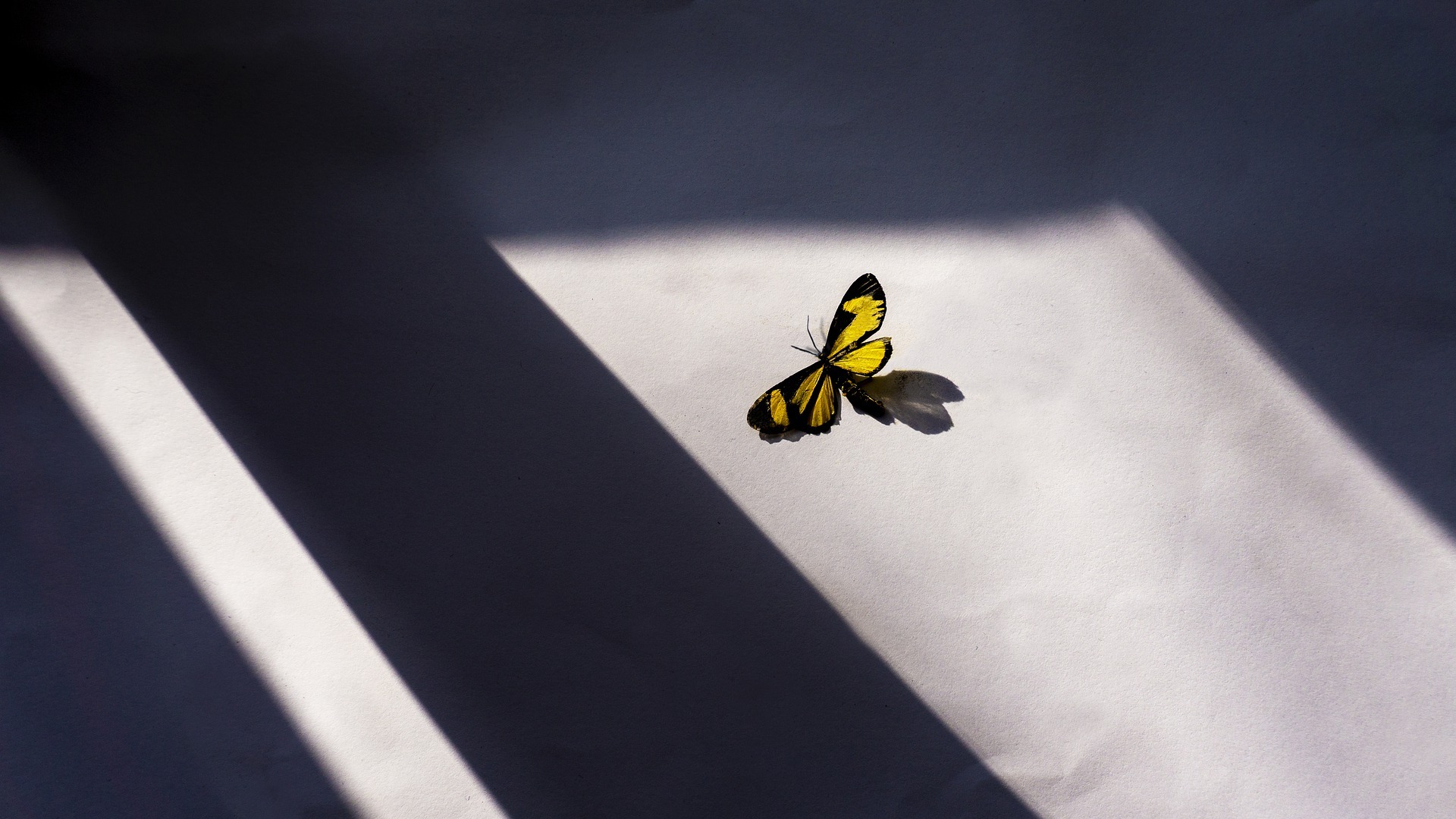To make a photo look like a work of art, you need to consider the seven principles of design. Then even the dullest picture will come to life! But what are these elements and how do you use them? Let’s find out.
They work together to form the basis of that elusive beauty that photographers usually say, “Stop, a moment, you’re beautiful!” These principles also consider emphasis, unity and balance. In optimal composition, they work for aesthetics and harmony, allowing you to express through a picture of the outside world its inner state.
The logic of color
This is a decisive factor in artistic art. With properly grouped color, it’s easy to highlight a single aspect of the frame or, conversely, make the photo as coherent as possible. To begin with, you should use a circle with a palette of color schemes, and they come in several types:
- contrasting (cardinally opposite in spectrogram);
- complementary (any two placed opposite each other on the color wheel; they are suitable for creating an effect of tension);
- triad colors (evenly spaced on the circle and fill the artistic picture with a sense of harmony);
- similar (these are three or more similar hues that are side by side and follow each other);
- monochrome (different versions of the same color, most often a combination of light and dark).
Texture in Photography
In art photography, the world doesn’t have to look smooth, because it has an incredible variety of textures. In this way it is convenient to convey the depth of an object, its peculiarity. In addition, texture is good for adding drama and contrast.
To learn how to show texture correctly, you need to practice on the roughness, ruggedness and protrusions by selecting the macro function. And you need to be able to convey the difference between the texture of bricks, wood, concrete, etc. Or you can do something simpler – enhance the texture in the photo editor.
Use of lines
They create the boundaries of the forms of each object, because the usual photo conveys the object in a flat format. To comprehend the art of their artistic understanding, you should distinguish leading lines. They naturally draw the eye to a particular place or object. So you have to know how to use them, which is especially important in architectural photography. They show the depth of space in pictures and there are several kinds:
- convergent;
- diverging;
- straight;
- diagonal.
The essence of shape
Simply put, this is the outline of the objects depicted in the photograph. It consists of a combination of lines and can be of two varieties:
Geometric (flat lines and sharp angles that form trapezoids, rectangles, squares, triangles, rhombuses);
natural (this includes natural lines – free, rounded, curved, smooth).
And the form can convey the depth of the composition and improve its balance. It is often the centerpiece of artistic photographs. And to capture the viewer’s attention, it is enough to focus on easily recognizable outlines of objects.
Contrast effect
Essentially, it makes it clear how dark the dark colors are and how light the light colors are. That’s why artistic photos with a high contrast threshold are very much appreciated. But photos with low contrast are unimpressive because they look flat and unattractive. Whereas a high contrast image conveys a sense of intrigue and drama even in shots with a quiet subject.
This technique is key in black and white photography because it becomes the only way to differentiate the hues. But when you take an artistic photo, use only natural light. It gives the most saturated highlights and shadows.
Using Ornamentation
It is so arranged that the human eye picks up the patterns of the world around it. Linear repetition forms a connection between different objects. As a result, patterns help emphasize depth or state of motion. They also allow you to highlight a human figure or object in an artistic photograph, which are lost against the background of the other elements. Even objects that repeat in the background and foreground as well as any natural patterns such as ripples in water, waves and other details count as ornaments.
Space and Photography
Space is not empty. It usually refers to everything that surrounds the subject of the photograph: sky, water, steppe, forest. In professional terminology it is called negative space.
To create a literate balance, you need to make sure that when framing the picture there is enough negative space. If there is not enough negative space, there will be no contrast with the surrounding elements. It creates visual appeal by showing different textures, shapes and lines. You can practice on a grid, considering the rule of division into thirds.
